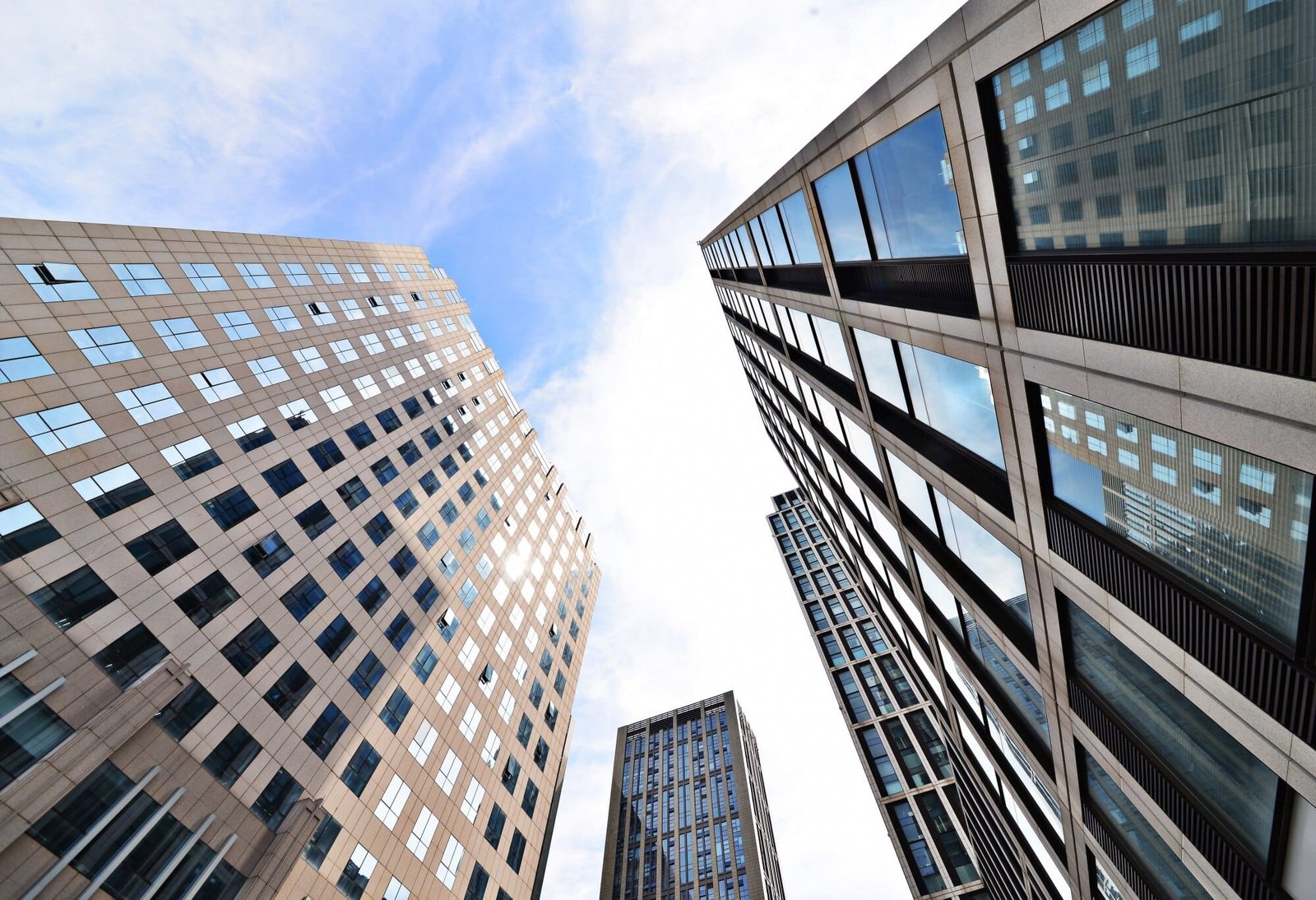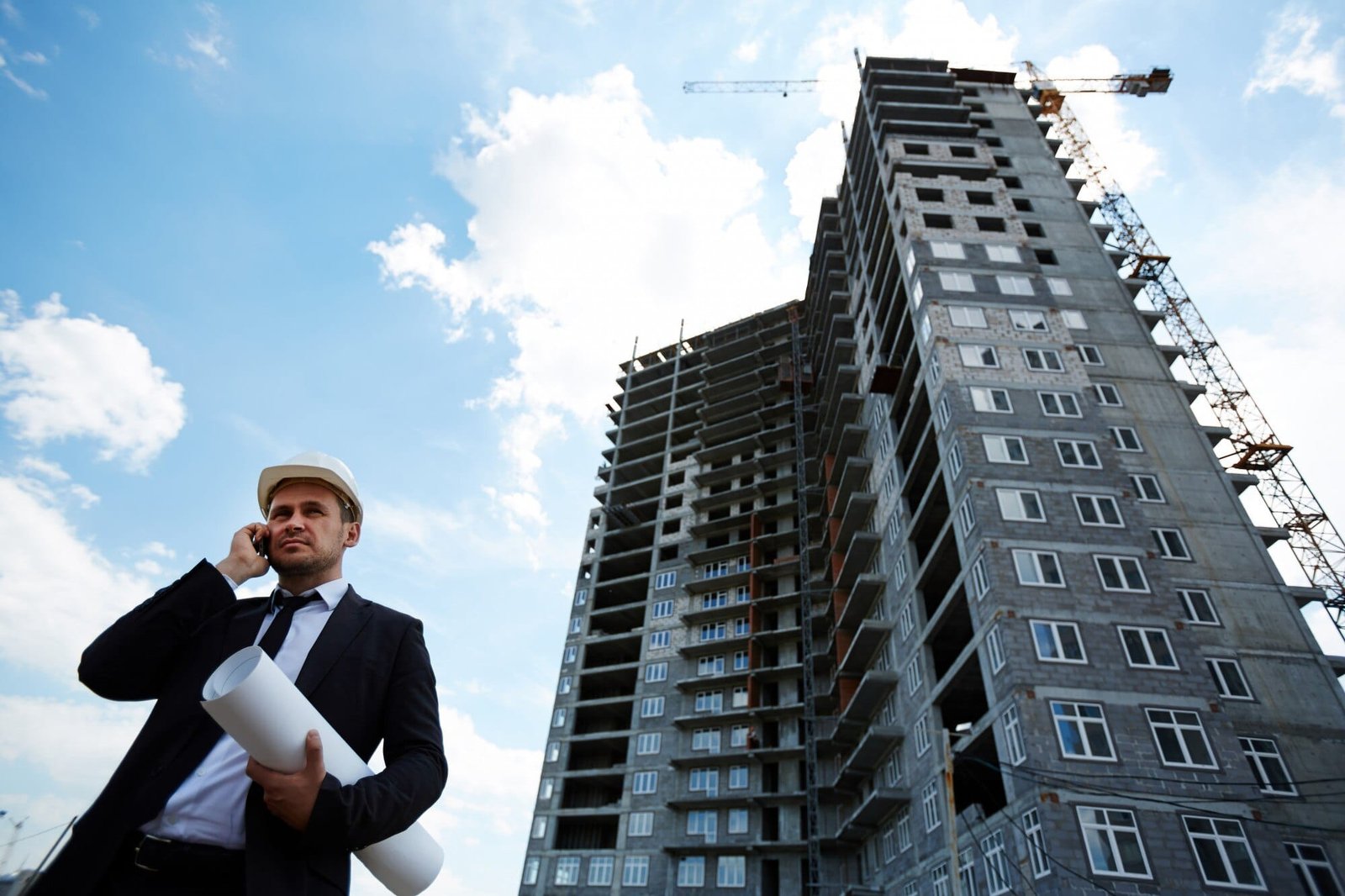As climate change accelerates the frequency and intensity of natural disasters, the demand for disaster-resilient architecture has become increasingly critical. Buildings must be designed to withstand extreme environmental forces such as hurricanes, earthquakes, floods, and wildfires. Advanced building materials play a fundamental role in enhancing the resilience of modern structures, ensuring the safety of occupants, and reducing long-term repair and maintenance costs.
This article explores the role of advanced building materials in disaster-resistant architecture, examining key innovations, material properties, and real-world applications in contemporary construction.
Understanding Disaster-Resilient Architecture
Disaster-resilient architecture refers to the design and construction of buildings that can endure extreme environmental stress while maintaining structural integrity. The objective is to create buildings that are not only durable but also adaptable to unpredictable climate conditions.
Key principles of disaster-resilient architecture include:
- Structural stability: Ensuring that buildings can resist external forces such as earthquakes and high winds.
- Material innovation: Utilizing high-performance construction materials that enhance durability and safety.
- Energy efficiency: Reducing reliance on external power sources, particularly in post-disaster scenarios.
- Water and fire resistance: Implementing materials that mitigate the risks of flooding and wildfires.
Key Advanced Building Materials for Disaster Resilience
Technological advancements have led to the development of high-strength, energy-efficient, and climate-adaptive building materials that improve structural resilience. The following materials are at the forefront of disaster-resistant architecture.
1. High-Performance Concrete (HPC)
Definition and Composition:
High-performance concrete (HPC) is an advanced form of concrete designed to exhibit superior durability, strength, and resistance to environmental stressors. It is typically reinforced with fibers, chemical admixtures, and supplementary cementitious materials (SCMs).
Advantages for Disaster-Resilient Architecture:
- Enhanced strength: Withstands seismic activity and high-impact forces.
- Low permeability: Reduces water infiltration, minimizing flood damage.
- Fire resistance: Maintains structural integrity under extreme heat.
Applications: Earthquake-resistant buildings, bridges, and flood-resistant infrastructure.
2. Cross-Laminated Timber (CLT)
Definition and Composition:
Cross-laminated timber (CLT) is a sustainable engineered wood product made by layering and bonding wood panels in a perpendicular pattern, enhancing structural integrity.
Advantages for Disaster-Resilient Architecture:
- Seismic resilience: Absorbs and distributes seismic forces effectively.
- Fire resistance: Char-layer formation delays combustion.
- Lightweight and flexible: Reduces structural load and minimizes earthquake damage.
Applications: Mid-rise earthquake-resistant buildings and sustainable housing projects.
3. Shape-Memory Alloys (SMAs)
Definition and Composition:
Shape-memory alloys (SMAs) are metallic materials capable of returning to their original shape after deformation due to external stress. They exhibit exceptional ductility and energy dissipation properties.
Advantages for Disaster-Resilient Architecture:
- Seismic adaptation: Absorbs earthquake-induced deformations.
- Corrosion resistance: Enhances longevity in harsh environments.
- Self-healing properties: Reduces long-term maintenance costs.
Applications: Earthquake-resistant structures, bridges, and retrofitting existing buildings.
4. Ultra-High-Performance Fiber-Reinforced Concrete (UHPFRC)
Definition and Composition:
Ultra-high-performance fiber-reinforced concrete (UHPFRC) integrates high-strength fibers into its matrix, improving tensile strength, ductility, and impact resistance.
Advantages for Disaster-Resilient Architecture:
- Hurricane resistance: Withstands high wind loads and flying debris.
- Flood resistance: Reduces water penetration in storm-prone regions.
- Low maintenance: Enhances longevity and reduces infrastructure repair costs.
Applications: Coastal buildings, disaster relief shelters, and storm-resistant infrastructure.
5. Aerogel Insulation
Definition and Composition:
Aerogel is a highly porous, lightweight material with exceptional thermal and fire-resistant properties. It is composed of silica-based nanostructures that trap air molecules, minimizing heat transfer.
Advantages for Disaster-Resilient Architecture:
- Extreme thermal resistance: Protects against wildfires and heat exposure.
- Lightweight composition: Reduces overall structural load.
- Moisture resistance: Prevents mold and structural degradation.
Applications: Fireproof homes, emergency shelters, and insulation for extreme climates.
Case Studies: Disaster-Resilient Buildings
1. The Torre Reforma (Mexico City, Mexico)
The Torre Reforma skyscraper integrates seismic-resistant design using high-performance concrete and steel reinforcements. The building features a triangular structure that allows for flexibility during earthquakes, minimizing damage.
2. The Edge (Amsterdam, Netherlands)
This office building incorporates aerogel insulation and smart materials to improve energy efficiency and disaster resilience. The structure’s advanced ventilation and self-healing facade ensure long-term sustainability.
3. Sendai Mediatheque (Sendai, Japan)
Located in an earthquake-prone region, this structure uses shape-memory alloys and reinforced concrete to absorb seismic shocks. Its innovative design successfully withstood the 2011 Tōhoku earthquake.
The Future of Disaster-Resilient Architecture
Future innovations in disaster-resistant construction will continue to evolve, integrating smart materials, AI-driven monitoring systems, and energy-efficient technologies. Emerging trends include:
- Self-healing materials: Expanding the use of bioengineered concrete and self-repairing composites.
- 3D-printed resilient housing: Utilizing robotics and additive manufacturing to build affordable, disaster-proof homes.
- Carbon-negative materials: Developing eco-friendly solutions that reduce the environmental footprint of disaster-resistant structures.
Conclusion
The integration of advanced building materials in disaster-resilient architecture is essential for enhancing safety, durability, and sustainability. Materials such as high-performance concrete, shape-memory alloys, and aerogel insulation provide cutting-edge solutions to mitigate the impact of natural disasters.
Read: How to Choose the Best Flooring Materials for Residential Construction
At VMC Group, we specialize in implementing resilient construction techniques that safeguard communities and infrastructure. Our expertise in using disaster-resistant materials ensures that our projects meet the highest standards of safety and sustainability.
For innovative and disaster-resilient construction solutions, contact VMC Group today.



